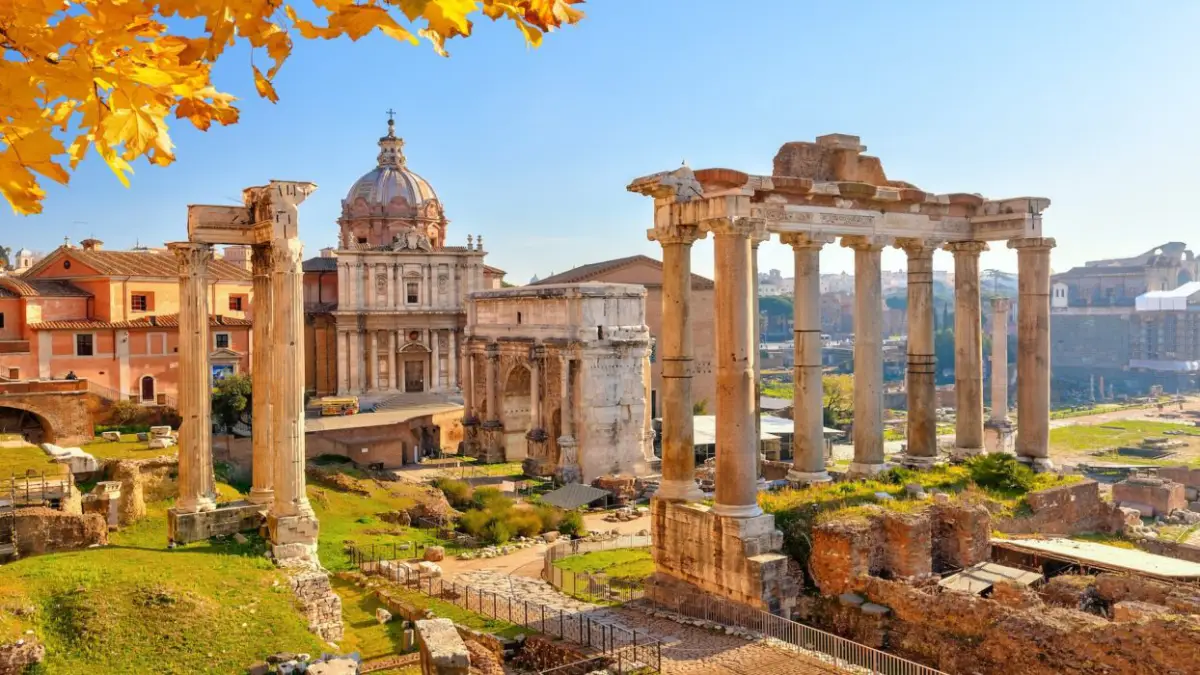Rome Attractions
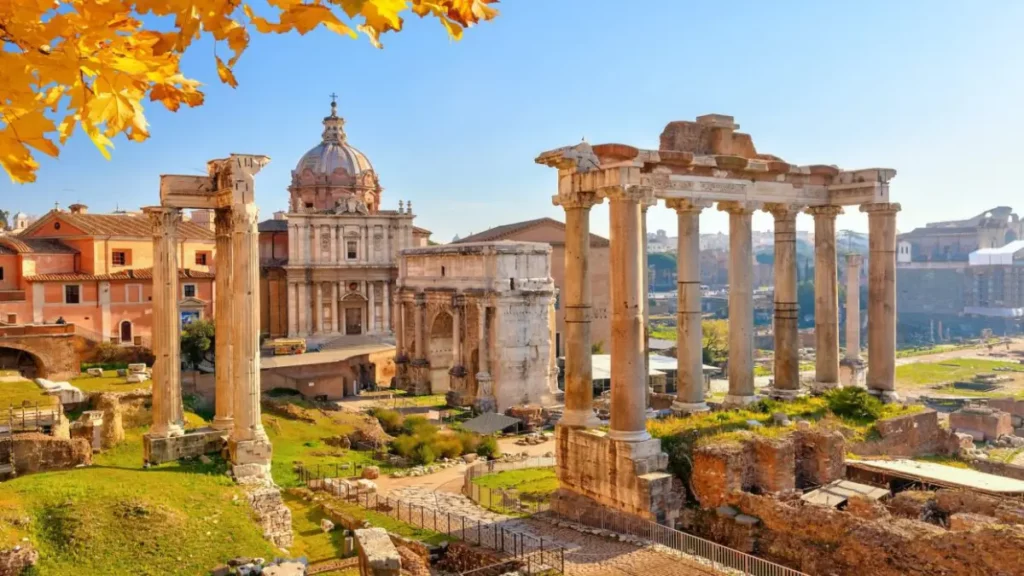
Rome is an ancient city with a glorious heritage.
After all, it was from Rome that the Roman Empire spread throughout Europe, Africa, and Asia.
Rome isn’t just about history. It is also about art, Christianity, and much more.
Visitors to Rome also visit the Vatican, the seat of the Catholic Church.
There is so much to see in Rome that first-time visitors can quickly get confused and overwhelmed.
This is why smart tourists toss a coin into the Triveni Fountain. Legend has it that those who do return to Rome again – perhaps to see the rest of the tourist attractions.
Discover the top 38 tourist attractions in this historic city with our list of the things to do in Rome.
Roman Colosseum
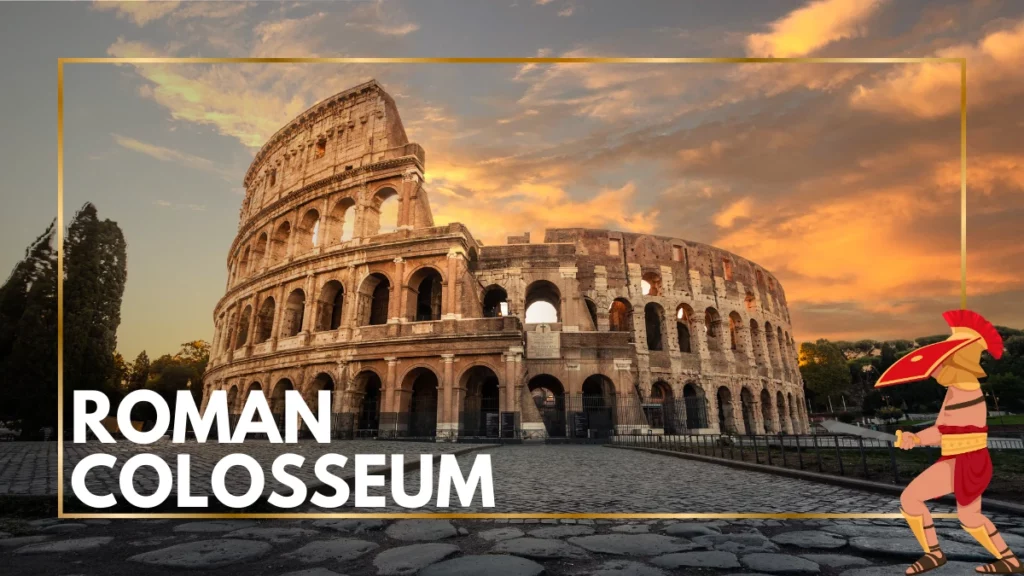
The Colosseum is one of the most iconic landmarks in the world, famous for its gladiatorial battles and grand architecture. Visitors can walk through the arena, explore the underground chambers where gladiators once waited, and learn about the history of Roman spectacles.
The structure is a testament to the Roman Empire’s engineering prowess. The Colosseum’s majestic design and fascinating history make it a must-visit for any history enthusiast. Its towering presence offers a glimpse into Rome’s power and the grandeur of ancient entertainment.
For anyone traveling to Rome, this landmark should be on the top of your list.
Hours: 8.30 am to 7 pm
Duration: 1.5 to 2 hours
Location: Piazza del Colosseo, 00184 Roma, Italy. Get Directions
Recommended
Roman Forum
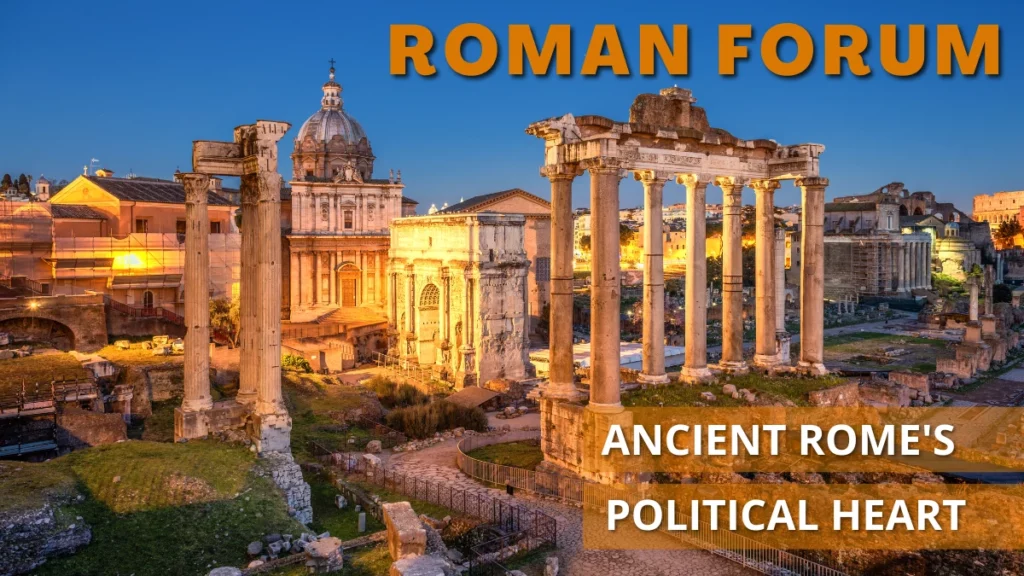
Roman Forum is the ancient center of Rome where political, commercial, and religious activities took place. Visitors can explore the remains of temples, basilicas, and government buildings that were once the heart of the Roman Empire.
Among the ruins, you can find the Temple of Julius Caesar, the Senate House, and the triumphal arches. Walking through the Forum gives you a sense of the grandeur and power of ancient Rome.
The view from the Forum also leads to Palatine Hill and the Colosseum, creating a perfect historical journey. For those interested in Roman history, the Roman Forum is a must-visit.
Hours: 8.30 am to 7 pm
Duration: 1 to 1.5 hours
Location: Via della Salara Vecchia, 5/6, 00186 Roma, Italy. Get Directions
Palatine Hill
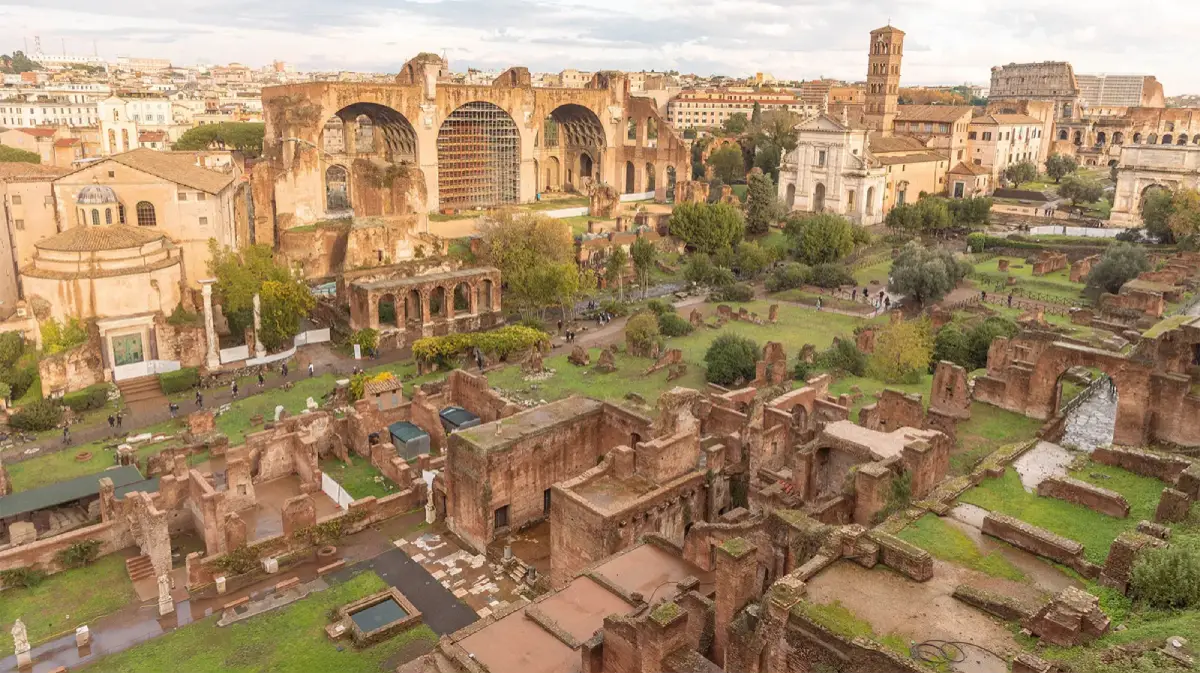
Palatine Hill is one of the Seven Hills of Rome and offers stunning views over the city. It is the site of ancient palaces, including the home of emperors, and boasts beautiful gardens.
Visitors can explore the ruins of the Palace of Domitian and other aristocratic residences. The hill is also known as the legendary birthplace of Rome, where Romulus is said to have founded the city.
It’s a peaceful area with fewer crowds, allowing visitors to take in the history and beauty at their own pace. Anyone looking to understand the origins of Rome and enjoy serene views should not miss Palatine Hill.
Hours: 8.30 am to 7 pm
Duration: 1 hour
Location: Via di San Gregorio, 00186 Roma, Italy. Get Directions
Vatican Museums
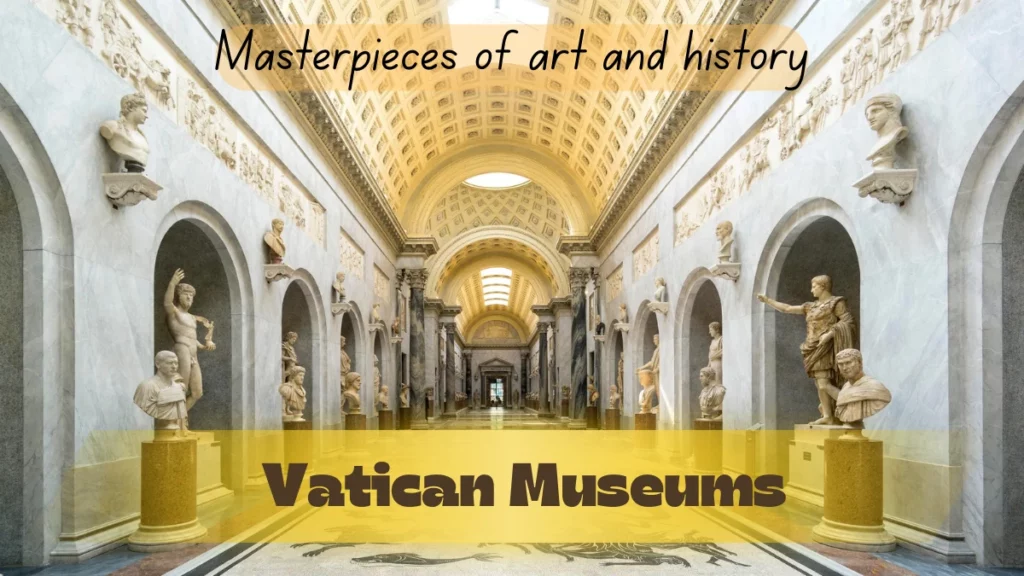
The Vatican Museum in Rome is home to one of the world’s most important art collections, showcasing works by masters like Michelangelo, Raphael, and Leonardo da Vinci.
Visitors can explore the galleries filled with ancient sculptures, Renaissance paintings, and tapestries. The museums are vast, and the highlights include the Raphael Rooms and the Sistine Chapel, with its iconic ceiling painted by Michelangelo.
A visit here offers a deep dive into religious art and history. For art lovers, the Vatican Museums are a must-visit destination. You can easily spend several hours exploring this treasure trove of masterpieces.
Hours: 9 am to 6 pm
Duration: 2 to 3 hours
Location: Viale Vaticano, 00120 Città del Vaticano. Get Directions
Must read: Highlights of Vatican Museum
Pompeii Ruins
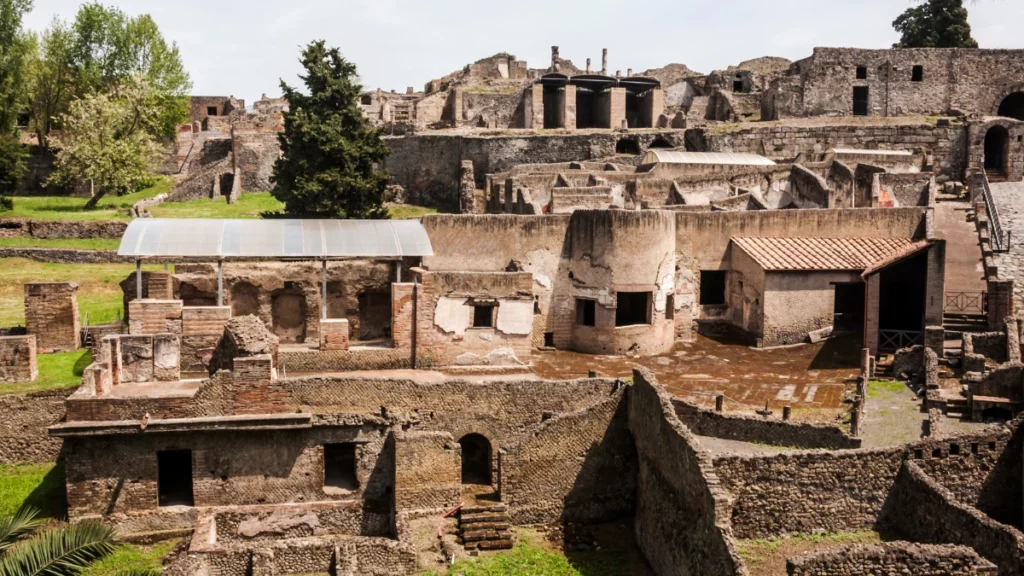
Pompeii ruins are the ancient Roman city that was buried by a volcanic eruption in 79 AD and is now one of the most well-preserved archaeological sites in the world.
Visitors can walk through the streets and explore the ruins of houses, shops, and public buildings. The ancient city also offers a glimpse of Roman art, with preserved frescoes and mosaics. Notable sites within Pompeii include the amphitheater, baths, and the Villa of the Mysteries.
The preserved bodies of Pompeii’s residents, cast in ash, tell poignant stories of the eruption. No trip to Italy would be complete without visiting this hauntingly beautiful and historic site.
Hours: 9 am to 7 pm
Duration: 2 to 3 hours
Location: Pompei, 80045 Metropolitan City of Naples, Italy. Get Directions
Recommended
Sistine Chapel
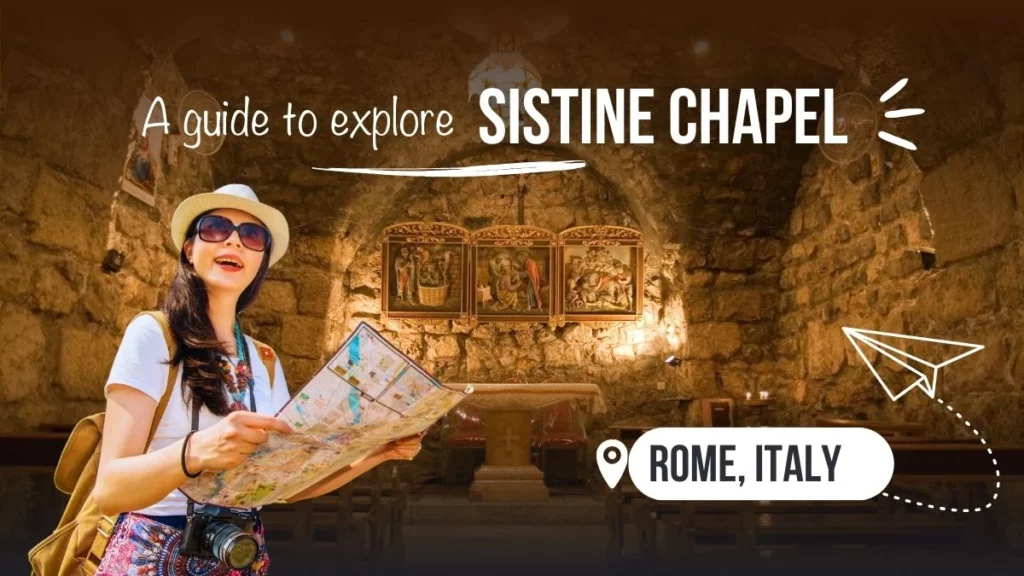
Sistine Chapel is world-renowned for Michelangelo’s stunning frescoes, especially the “Creation of Adam” on the ceiling. The chapel is also home to Raphael’s tapestries and is used for papal elections.
The rich, vibrant artwork covering the ceiling and walls creates an overwhelming sense of awe. The Sistine Chapel is considered a pinnacle of Renaissance art and a must-visit for anyone exploring the Vatican.
It’s not only a religious site but also a testament to human artistic achievement. A visit to Rome would be incomplete without experiencing the beauty of the Sistine Chapel.
Hours: 9 am to 6 pm
Duration: 30 to 45 minutes
Location: Viale Vaticano, 00120 Città del Vaticano. Get Directions
St Peter’s Basilica
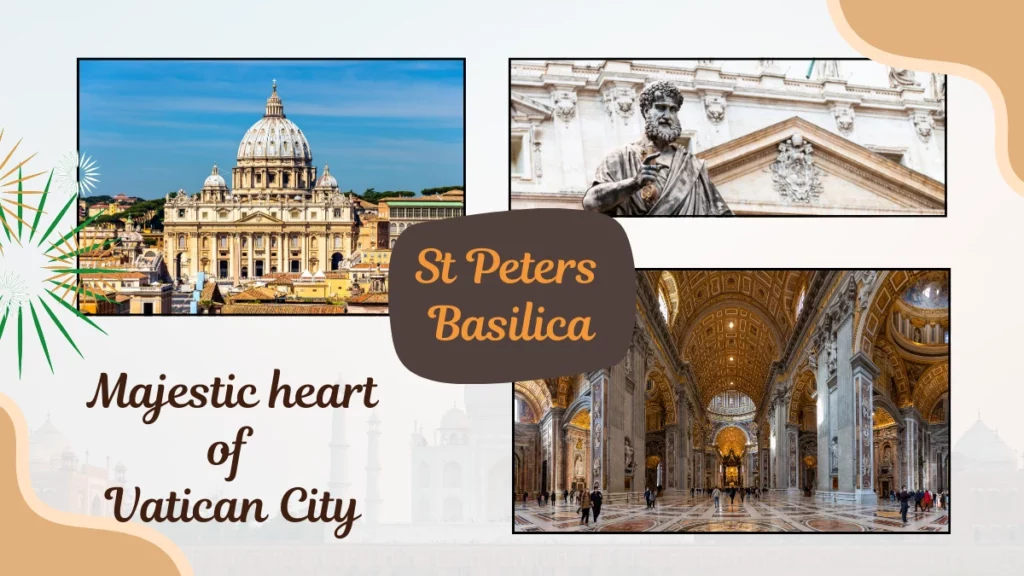
St Peter’s Basilica is one of the largest and most magnificent churches in the world, known for its grand architecture and religious significance. Visitors can admire the impressive dome, designed by Michelangelo, and the exquisite artwork inside, including his Pietà sculpture.
The basilica is located at the heart of Vatican City and offers a peaceful, awe-inspiring atmosphere. Climbing to the top of the dome gives a panoramic view of St. Peter’s Square and Vatican City.
This basilica is an essential stop for anyone visiting the Vatican, offering both spiritual and historical significance. For those in Rome, St. Peter’s Basilica is an absolute must-see.
Hours: 7 am to 6 pm
Duration: 1 hour
Location: Piazza San Pietro, 00120 Città del Vaticano. Get Directions
Recommended
Spanish Steps (Piazza di Spagna)
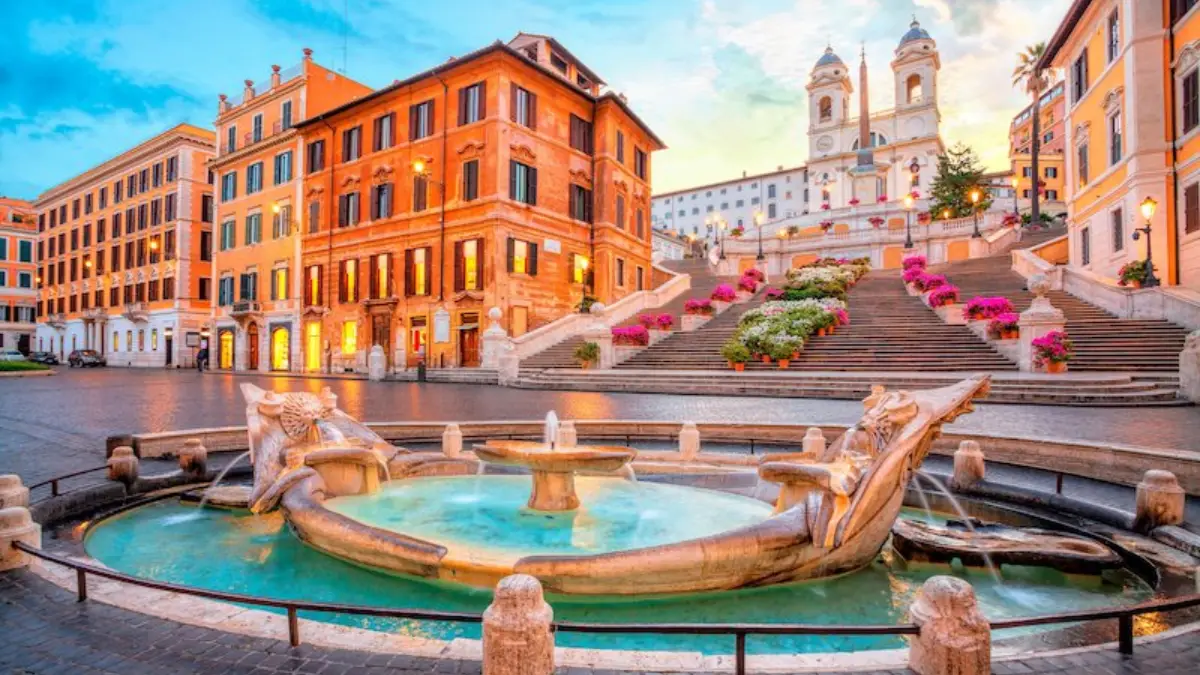
The Spanish Steps are one of Rome’s most famous landmarks, offering a grand staircase that connects the Piazza di Spagna with the Trinità dei Monti church. Visitors can enjoy the vibrant atmosphere of the square and take in the beautiful views from the top of the steps.
The area around the Spanish Steps is filled with upscale shops, cafes, and historic buildings, making it a perfect place to relax and people-watch. Tourists often sit on the steps, enjoying the lively energy of the area.
It’s a great place to unwind and soak up the charm of Rome. For those exploring the heart of the city, the Spanish Steps are a must-visit.
Hours: Open all day
Duration: 30 to 45 minutes
Location: Piazza di Spagna, 00187 Roma, Italy. Get Directions
Castel Sant Angelo
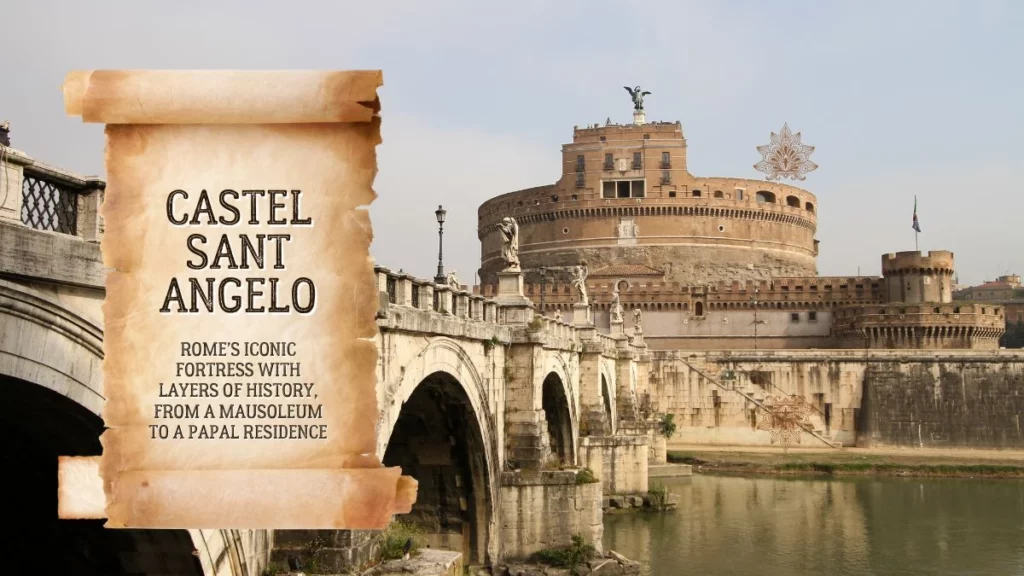
Castel Sant’Angelo was originally built as a mausoleum for Emperor Hadrian and later transformed into a fortress. Visitors can explore the castle’s museum, which houses historical artifacts, and climb to the rooftop for panoramic views of Rome.
The castle’s corridors and rooms offer a fascinating insight into its past, from its use by the papacy to its time as a military stronghold.
The castle’s impressive architecture and rich history make it an essential stop for anyone visiting Rome. For history buffs, the Castel Sant’Angelo is a must-see attraction. Its location along the Tiber River makes it easy to spot and reach.
Hours: 9 am to 7:30 pm
Duration: 1 to 1.5 hours
Location: Lungotevere Castello, 50, 00120 Roma, Italy. Get Directions
Borghese Gallery
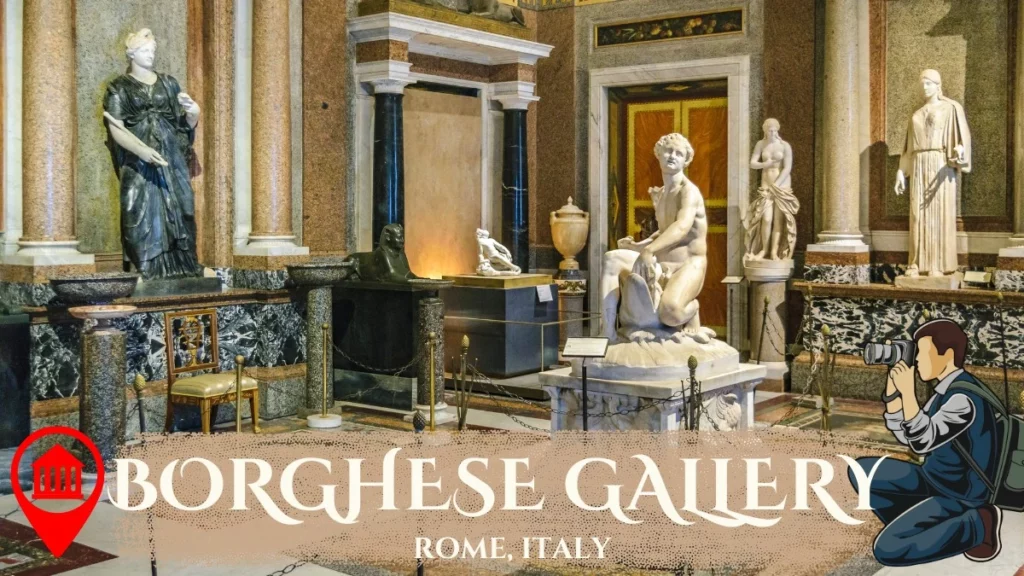
Borghese Gallery is a beautiful art museum located in the lush Borghese Gardens. The gallery houses an impressive collection of Renaissance and Baroque art, featuring works by Bernini, Caravaggio, and Titian.
Visitors can admire sculptures, paintings, and frescoes, as well as the stunning architecture of the villa itself. The peaceful surroundings of the gardens offer a relaxing escape after touring the museum.
The gallery is an essential stop for art lovers and those looking to experience Rome’s artistic heritage. If you appreciate fine art, the Borghese Gallery is a must-visit destination in Rome.
Hours: 9 am to 7 pm
Duration: 1 to 1.5 hours
Location: Piazzale Scipione Borghese, 5, 00197 Roma, Italy. Get Directions
Catacombs of Rome
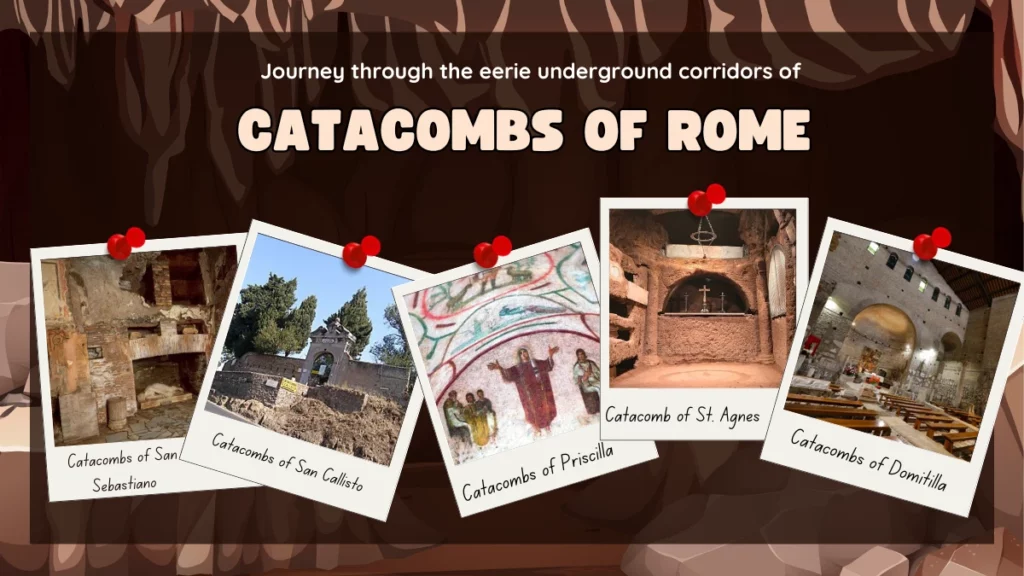
Catacombs of Rome are underground burial sites that date back to the early Christian period. Visitors can explore the vast network of tunnels and chambers where early Christians were buried and learn about the history of Christianity in Rome.
Some of the most famous catacombs include those of St. Callixtus, St. Sebastian, and St. Priscilla. The catacombs provide a unique insight into the spiritual and cultural life of early Rome.
The eerie atmosphere and ancient frescoes make it an intriguing and must-see experience for history and religion enthusiasts. Don’t miss the opportunity to discover this hidden side of Rome’s past.
Hours: 9 am to 12:30 pm, 2:30 pm to 5:30 pm
Duration: 1 hour
Location: Via Appia Antica, 110/126, 00179 Roma, Italy. Get Directions
Catacombs of San Sebastiano
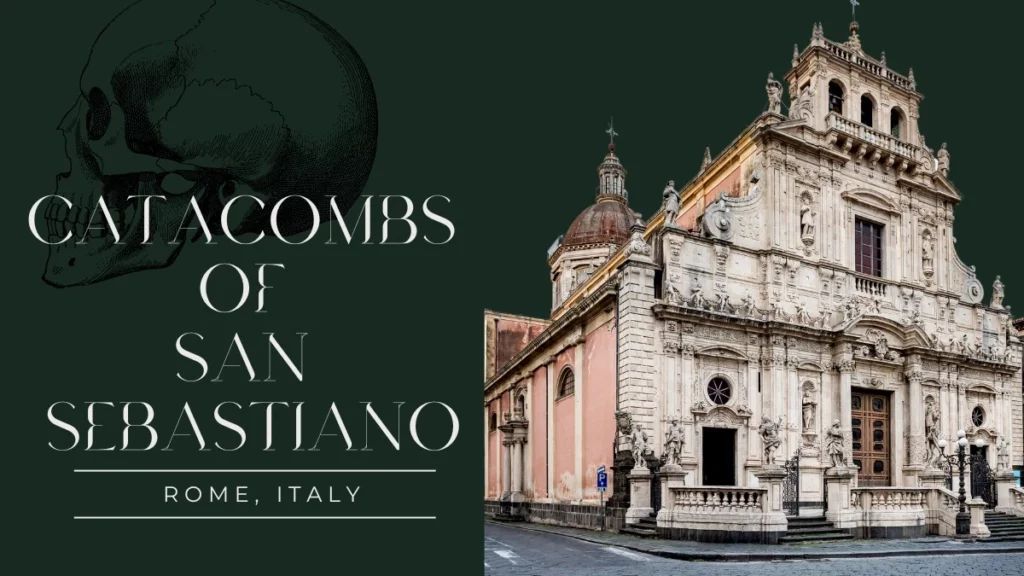
The Catacombs of San Sebastian are one of Rome’s oldest and most famous burial sites. Located along the ancient Appian Way, these catacombs were used by early Christians as a place of worship and burial.
Visitors can explore the labyrinth of tunnels and chambers, seeing ancient inscriptions, frescoes, and relics that date back to the 2nd century. The catacombs are peaceful and quiet, offering a somber yet fascinating glimpse into Rome’s early Christian history.
For anyone interested in early Christian art and history, this catacomb is a must-see. Don’t miss the opportunity to walk through a piece of Rome’s spiritual past.
Hours: 9 am to 12:30 pm, 2:30 pm to 5:30 pm
Duration: 1 hour
Location: Via Appia Antica, 136, 00179 Roma, Italy. Get Directions
Catacombs of Priscilla
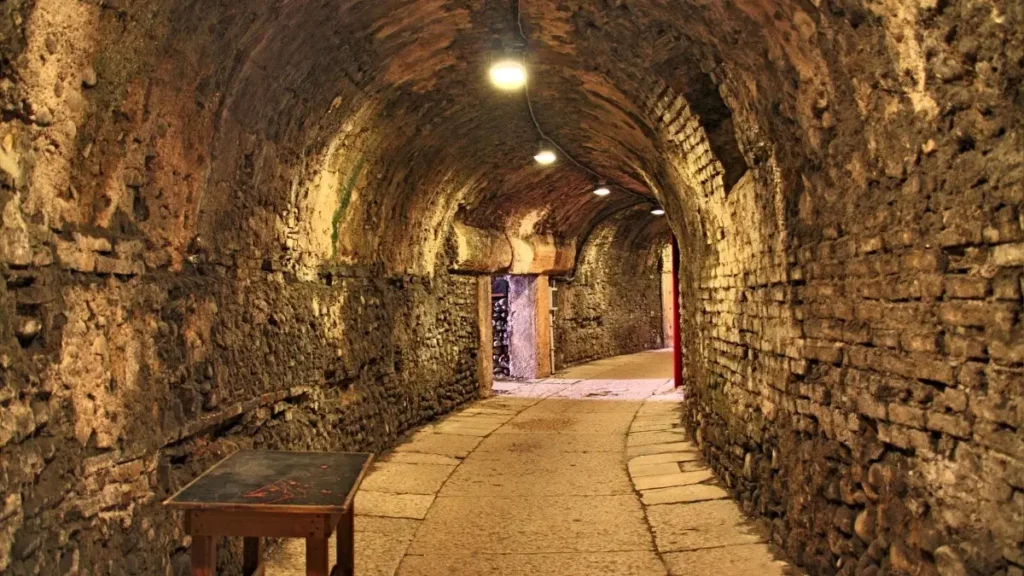
The Catacombs of Priscilla in Rome offer a unique experience for visitors to train like a Roman gladiator. Here, you can learn the history of gladiatorial combat, try on ancient armor, and participate in mock gladiator battles.
The instructors teach authentic Roman techniques, and you can engage in hands-on activities, making it both fun and educational. This experience brings to life the brutal yet fascinating world of ancient gladiators.
For those wanting to connect with Roman history in an active and memorable way, the Gladiator School is an unforgettable experience. A visit here is highly recommended for families and history buffs alike.
Hours: 9 am to 7 pm
Duration: 1 hour
Location: Via di San Giovanni in Laterano, 8, 00184 Roma, Italy. Get Directions
Callixtus Catacombs
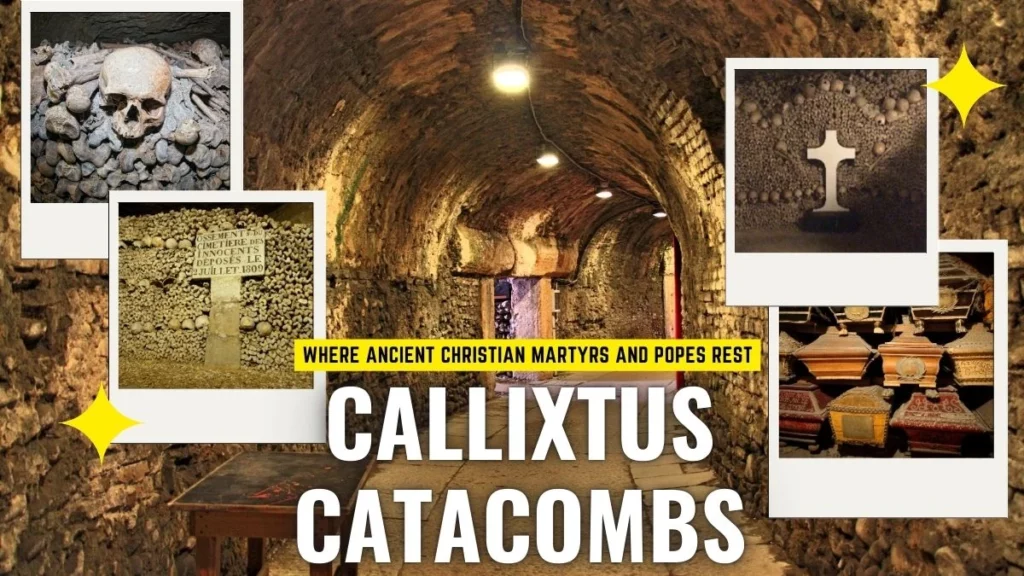
The Catacombs of Callixtus is one of the largest and most significant catacombs in Rome, located along the ancient Appian Way. They served as a burial place for early Christians and were once the site of Christian worship. Visitors can explore the vast underground network, which contains tombs of early popes and martyrs.
The catacombs also feature intricate frescoes and inscriptions that provide insight into early Christian rituals and beliefs.
A visit to the Callixtus Catacombs offers a deep dive into the history and faith of early Rome. For those interested in early Christian history, it’s a must-see site.
Hours: 9 am to 12:30 pm, 2:30 pm to 5:30 pm
Duration: 1 hour
Location: Via Appia Antica, 110, 00179 Roma, Italy. Get Directions
Pantheon Rome
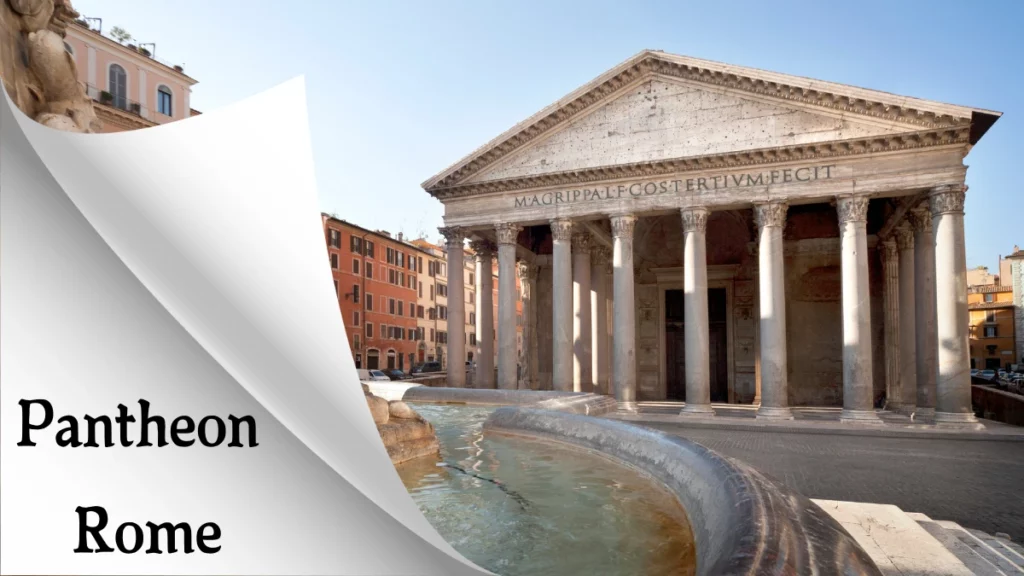
The Pantheon in Rome is located on the Via Salaria and is known for its beautiful frescoes and early Christian art. Visitors can explore the labyrinthine tunnels and see ancient burial niches and early Christian symbols.
The catacombs are particularly famous for the frescoes of the Good Shepherd, which are among the oldest Christian paintings in Rome.
This underground site provides a quiet and contemplative experience that offers a unique look at early Christian life in Rome. If you’re interested in early Christian history and art, the Catacombs of Priscilla are a must-visit site.
Hours: 9 am to 12:30 pm, 2:30 pm to 5:30 pm
Duration: 1 hour
Location: Via Salaria, 430, 00199 Roma, Italy. Get Directions
Da Vinci Experience
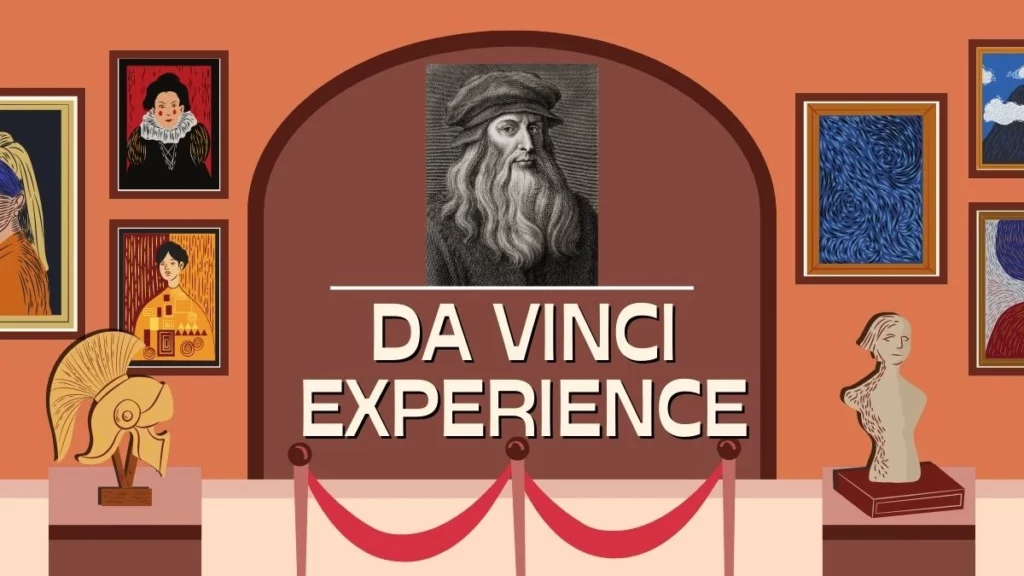
Leonardo Da Vinci Experience is an interactive exhibition showcasing the works and inventions of Leonardo da Vinci. Visitors can explore detailed replicas of his iconic machines, sketches, and artworks.
The exhibition provides a hands-on opportunity to understand da Vinci’s genius and creativity. Highlights include immersive displays of his inventions and famous paintings like the “Mona Lisa.”
The experience is both educational and engaging, perfect for art and science enthusiasts. For anyone visiting Rome, the Da Vinci Experience is a must-see, offering a deep dive into the world of the Renaissance master.
Hours: 9 am to 7 pm
Duration: 1 to 1.5 hours
Location: Via San Francesco di Sales, 18, 00165 Roma, Italy. Get Directions
Gladiator School Rome
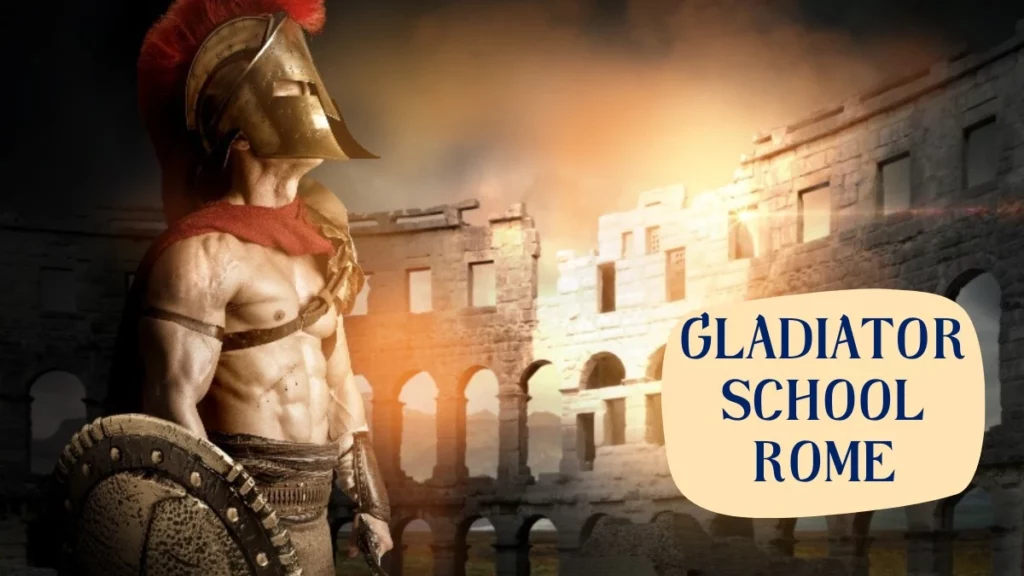
The Gladiator School in Rome offers a unique, hands-on experience where visitors can train like ancient Roman warriors. Located near the historic Appian Way, the school teaches basic combat techniques, including sword fighting and shield techniques, under the guidance of expert instructors.
Participants wear traditional gladiator gear and practice in a safe environment using wooden replicas of real weapons. The experience is engaging and educational, making it a great choice for families, history buffs, and those looking for something interactive.
At the end of the session, attendees receive a certificate commemorating their training.
Hours: 9 am to 7 pm
Duration: 2 hours
Location: Via Appia Antica, 18, 00179 Roma, Italy. Get Directions
Mamertine Prison
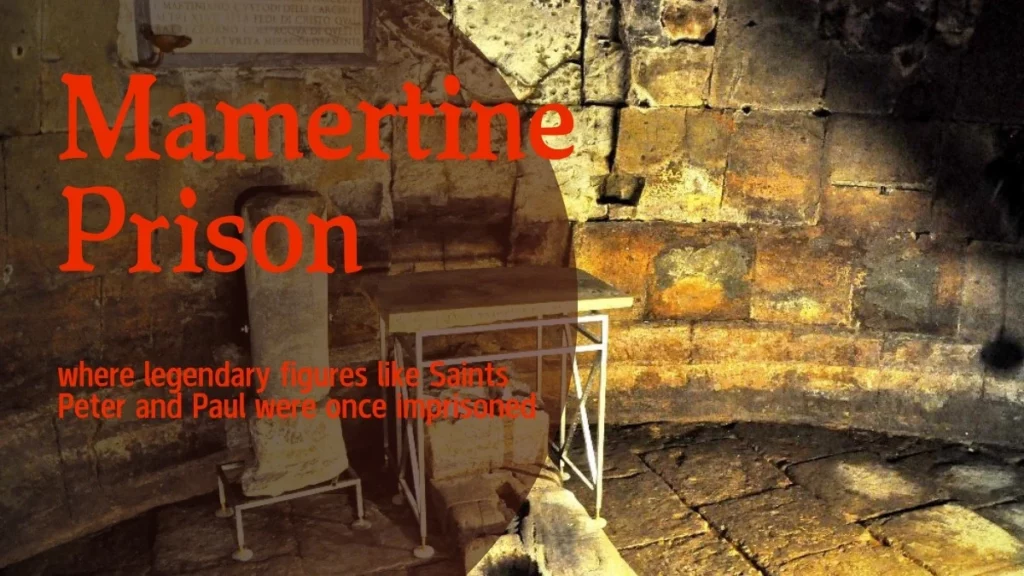
Mamertine Prison, located near the Roman Forum, is one of the oldest prisons in Rome and is traditionally believed to have held St. Peter before his martyrdom. Visitors can explore the dark, narrow cells and learn about the prisoners who were held here in ancient times.
The prison’s architecture and history offer a fascinating glimpse into the Roman justice system. The somber atmosphere enhances the experience, allowing you to reflect on the past.
A visit to Mamertine Prison offers a unique perspective on early Roman life and punishment. This site is particularly significant for those interested in the early Christian period.
Hours: 9 am to 6 pm
Duration: 30 to 45 minutes
Location: Piazza San Giuseppe, 00186 Roma, Italy. Get Directions
Trevi Fountain
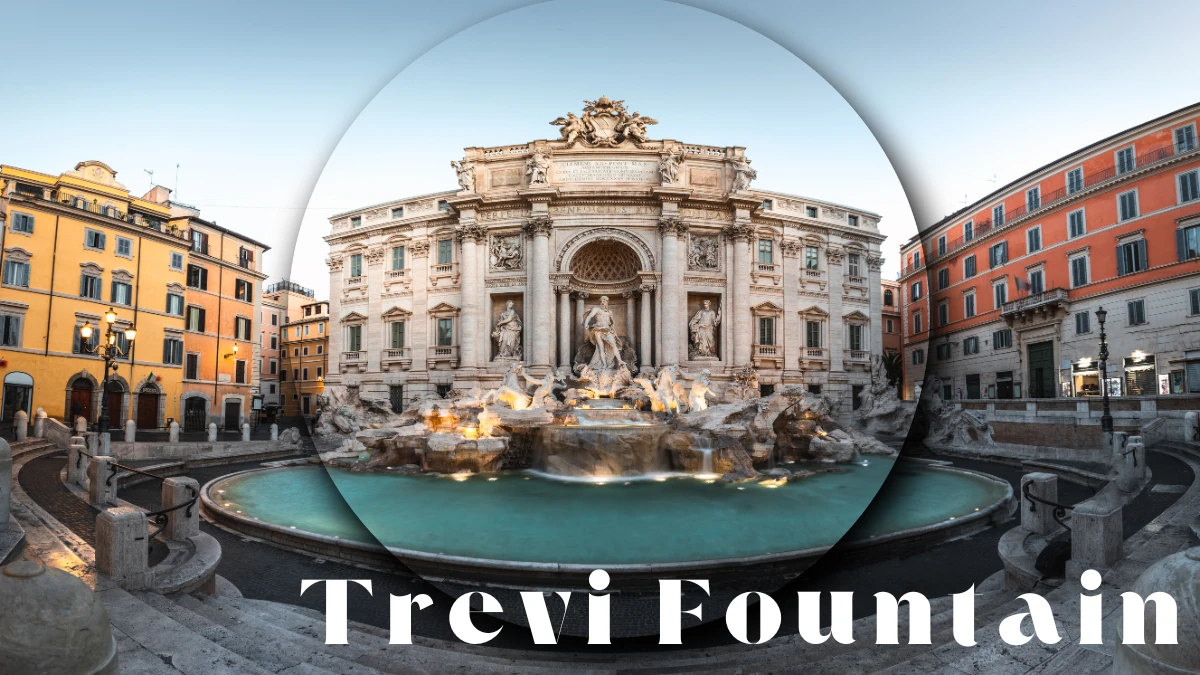
Trevi Fountain is one of the most famous fountains in the world, known for its stunning Baroque design and its association with Roman legends.
Visitors can toss a coin into the fountain, which is said to guarantee their return to Rome, a tradition enjoyed by tourists from all over the world. The fountain features a powerful sculpture of Neptune, the god of the sea, flanked by tritons and horses.
The Trevi Fountain is located at the end of a beautiful piazza, making it an ideal spot for a break. Its grand size and intricate details make it a must-see during any trip to Rome. No visit to the city would be complete without seeing the magical Trevi Fountain.
Hours: Open all day
Duration: 30 to 45 minutes
Location: Piazza di Trevi, 00187 Roma, Italy. Get Directions
Capuchin Crypt
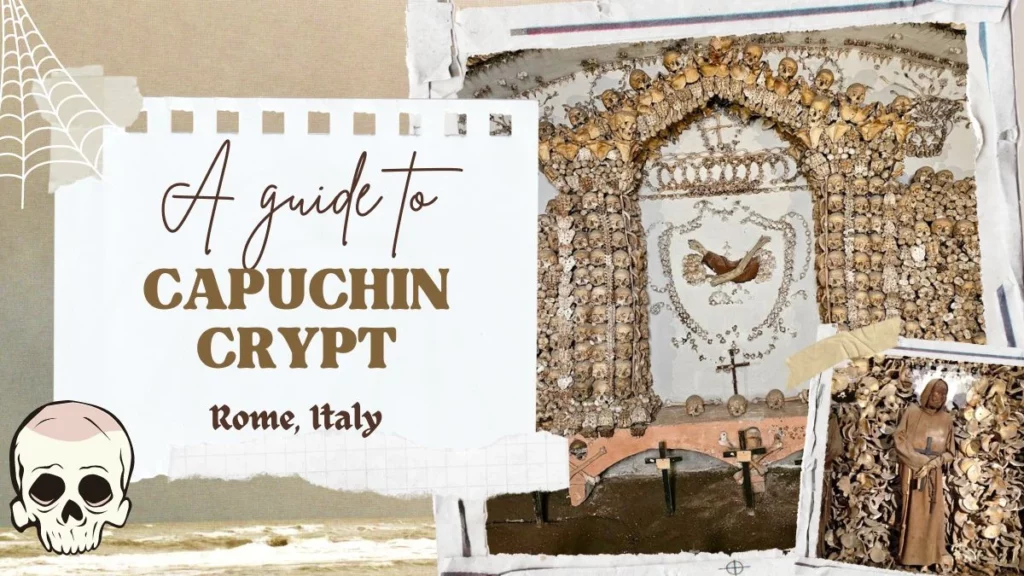
Capuchin Crypt is a unique and somewhat eerie site located beneath the Church of Santa Maria della Concezione. It features several chapels decorated with the bones of over 4,000 Capuchin monks.
The crypt’s macabre displays are a powerful reminder of the transience of life. Visitors can see walls adorned with human bones, creating a fascinating yet somber atmosphere.
The crypt is an unusual and thought-provoking attraction that provides insight into the Capuchin order’s view on life and death. For those interested in the unusual or in history, the Capuchin Crypt is a must-visit.
Hours: 9 am to 7 pm
Duration: 30 to 45 minutes
Location: Via Vittorio Veneto, 27, 00187 Roma, Italy. Get Directions
Villa d’Este in Tivoli
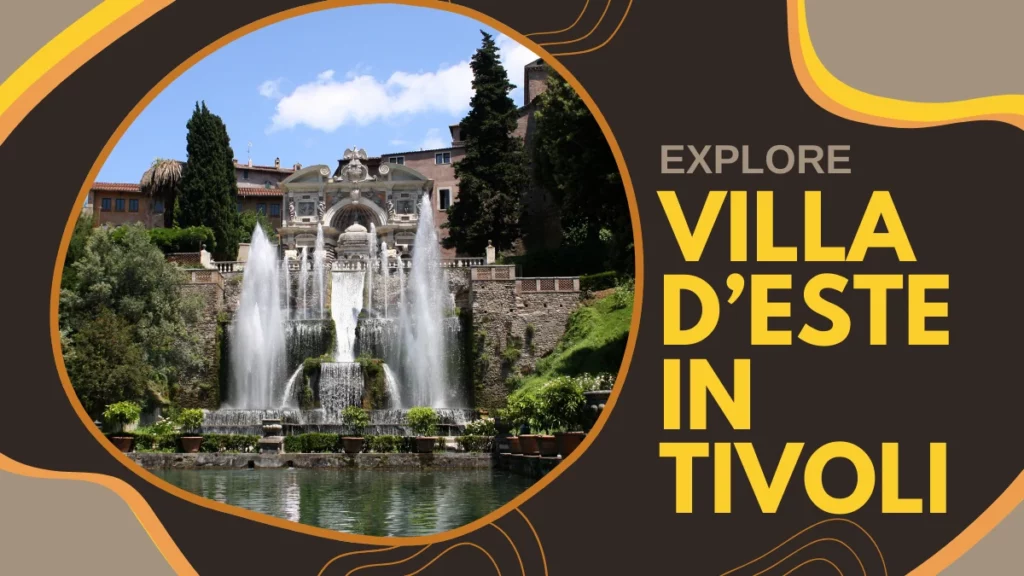
Villa d’Este is a Renaissance villa located in the town of Tivoli, just outside Rome, famous for its magnificent gardens and fountains. The villa is a UNESCO World Heritage site and boasts beautifully designed terraces, sculptures, and more than 500 fountains.
Visitors can wander through the gardens, enjoying the stunning views and tranquil atmosphere. The fountains, especially the Fountain of the Hundred Fountains, are a highlight of the visit.
The villa is also renowned for its classical architecture and its association with Cardinal Ippolito II d’Este. For a peaceful escape from the hustle and bustle of Rome, Villa d’Este is a must-see.
Hours: 8:30 am to 7 pm
Duration: 2 to 3 hours
Location: Piazza Trento, 00019 Tivoli, Italy. Get Directions
Domus Aurea
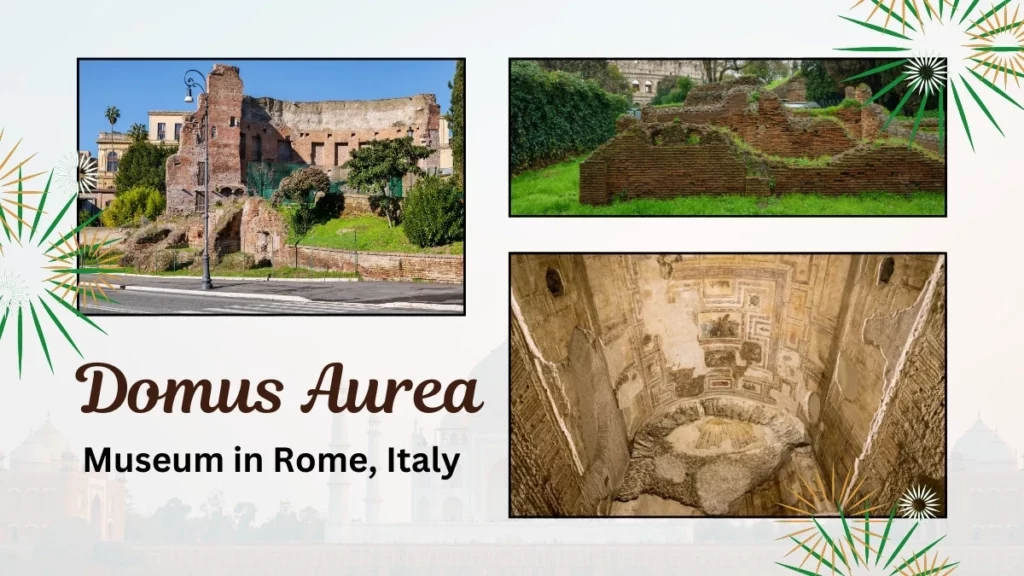
Domus Aurea imperial house, or “Golden House,” was an extravagant palace built by Emperor Nero after the great fire of Rome in 64 AD. Today, visitors can explore the ruins of this once opulent palace, which includes ornate frescoes, grand columns, and vaulted ceilings.
The Domus Aurea offers a glimpse into the luxury and excess of Nero’s reign. The site’s underground chambers and sophisticated architecture are truly fascinating.
Guided tours help bring the history of this ancient palace to life. For anyone interested in Roman imperial history, the Domus Aurea is a must-visit site.
Hours: 9 am to 6 pm
Duration: 1.5 to 2 hours
Location: Via della Domus Aurea, 1, 00184 Roma, Italy. Get Directions
Olympic Stadium

Olympic Stadium in Rome is a historic venue that has hosted major sporting events, including the 1960 Summer Olympics. Visitors can tour the stadium and explore the areas used by athletes during the games.
The stadium is also home to the A.S. Roma and S.S. Lazio football teams, making it a key spot for sports enthusiasts. The venue’s rich history and the atmosphere of sporting events make it an interesting stop for visitors.
A visit to the Olympic Stadium offers a unique way to experience Rome’s sporting legacy. If you’re a sports fan, this venue is a must-see.
Hours: Open for events
Duration: Varies by event
Location: Piazzale del Foro Italico, 00135 Roma, Italy. Get Directions
Besides visiting Stadio Olimpico, a tour of San Siro stadium is yet another sports-lover’s dream destination in Italy.
Palazzo Colonna
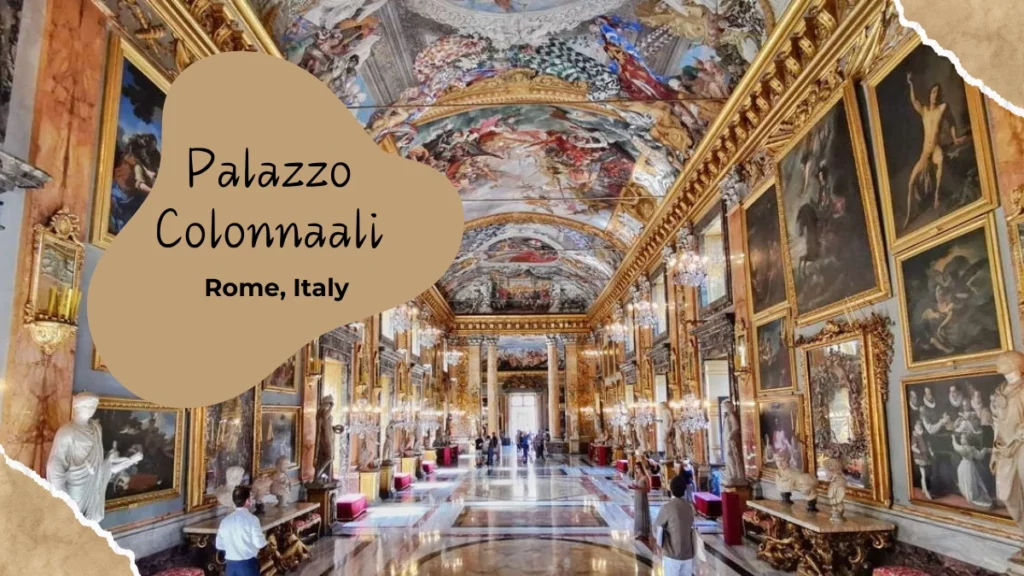
Palazzo Colonna is one of the largest and most beautiful palaces in Rome, home to the Colonna family for centuries. The palace features stunning rooms decorated with frescoes, tapestries, and fine art, offering a glimpse into Rome’s aristocratic past.
Visitors can explore the grand halls and the famous Gallery of the Palazzina. The palace also includes beautiful gardens that overlook the city.
A visit to Palazzo Colonna offers a rare opportunity to experience the luxurious lifestyle of Roman nobility. It’s a must-visit for those interested in art, history, and Roman aristocracy.
Hours: 10 am to 5 pm
Duration: 1 to 1.5 hours
Location: Piazza SS. Apostoli, 00187 Roma, Italy. Get Directions
Villa Adriana
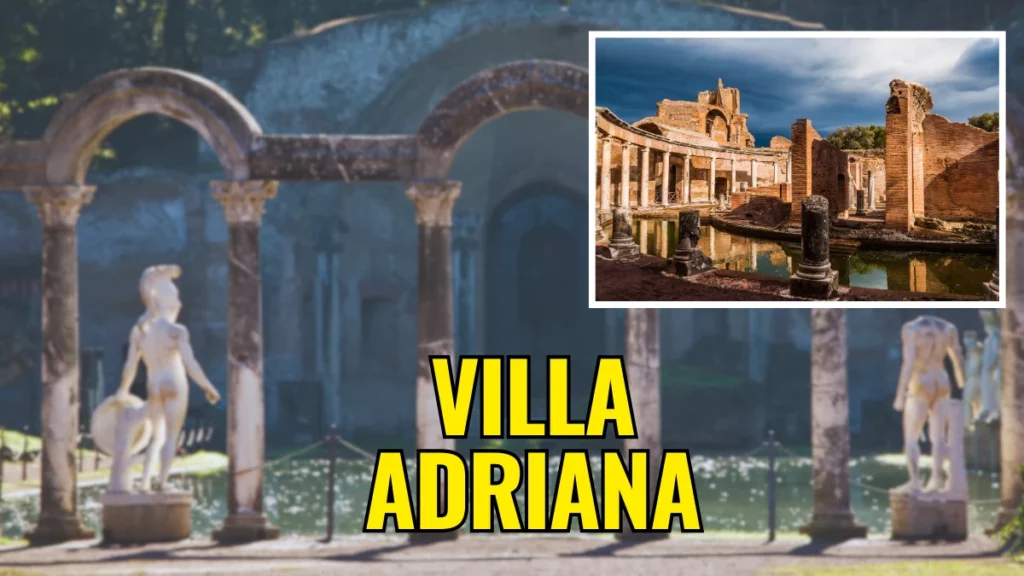
Villa Adriana, also known as Hadrian’s Villa, is a vast Roman archaeological complex located just outside Tivoli. The villa was built by Emperor Hadrian in the 2nd century AD and is known for its grandeur and architectural innovation.
Visitors can explore its impressive ruins, including the Temple of Venus, the Canopus pool, and the Maritime Theater. The site’s sprawling gardens and scenic views make it a peaceful and enriching experience.
Villa Adriana is one of the largest and most important Roman imperial villas and is a UNESCO World Heritage site. A visit to this ancient villa is a must for history lovers.
Hours: 8:30 am to 7 pm
Duration: 2 to 3 hours
Location: Viale Villa Adriana, 00010 Tivoli, Italy. Get Directions
Bioparco di Roma
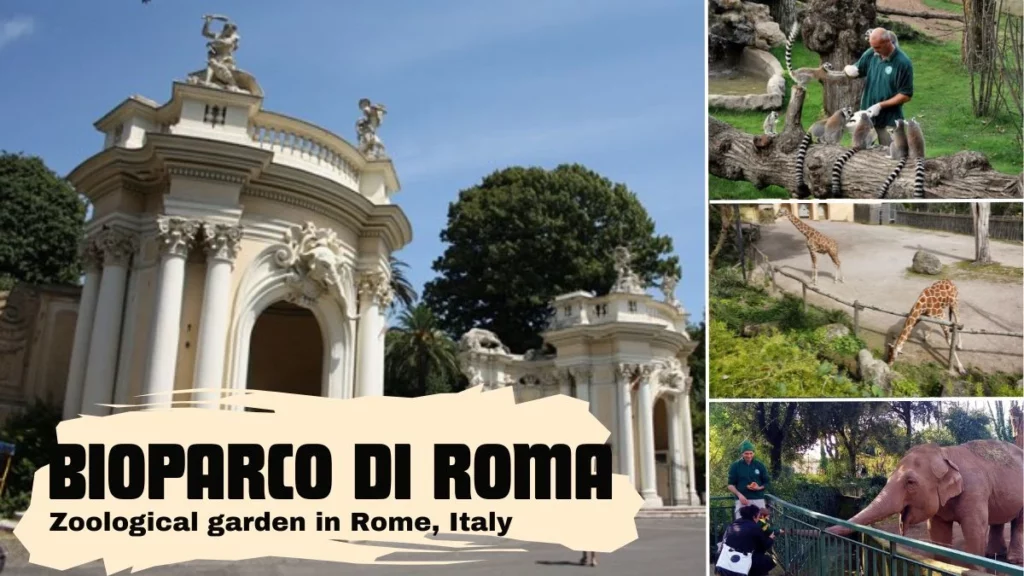
Bioparco di Roma is a large zoo located in Rome’s Villa Borghese park, home to a wide variety of animals from all over the world. Visitors can see animals from different continents, including elephants, lions, giraffes, and many species of birds.
The zoo also features educational exhibits and conservation efforts aimed at protecting endangered species. The lush setting of the park provides a lovely environment for families to enjoy a day out.
The Bioparco di Roma is not only a fun visit for animal lovers but also a place where people can learn about wildlife conservation. It’s a great stop for families and anyone interested in nature.
Hours: 9:30 am to 7 pm
Duration: 2 hours
Location: Viale del Giardino Zoologico, 1, 00197 Roma, Italy. Get Directions
Doria Pamphilj Gallery
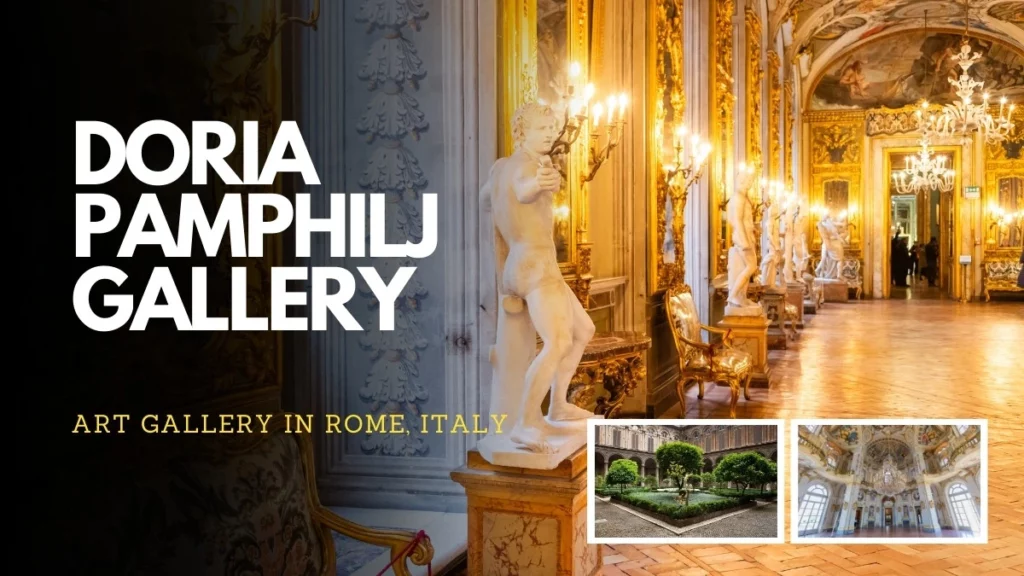
Doria Pamphilj Gallery is a hidden gem in Rome, offering a fascinating collection of art and antiques. The gallery is housed in a historic palace and features works by masters like Caravaggio, Titian, and Velázquez.
Visitors can explore the opulent rooms, filled with exquisite furniture and paintings, and enjoy the magnificent frescoes on the ceilings.
The gallery is a quiet oasis amidst the hustle and bustle of Rome, providing a perfect spot for art lovers. It’s a must-see for anyone looking to explore lesser-known cultural treasures in Rome. The Doria Pamphilj Gallery offers an intimate look at the city’s aristocratic past and artistic legacy.
Hours: 10 am to 6 pm
Duration: 1 to 1.5 hours
Location: Via del Corso, 305, 00186 Roma, Italy. Get Directions
Basilica of San Giovanni
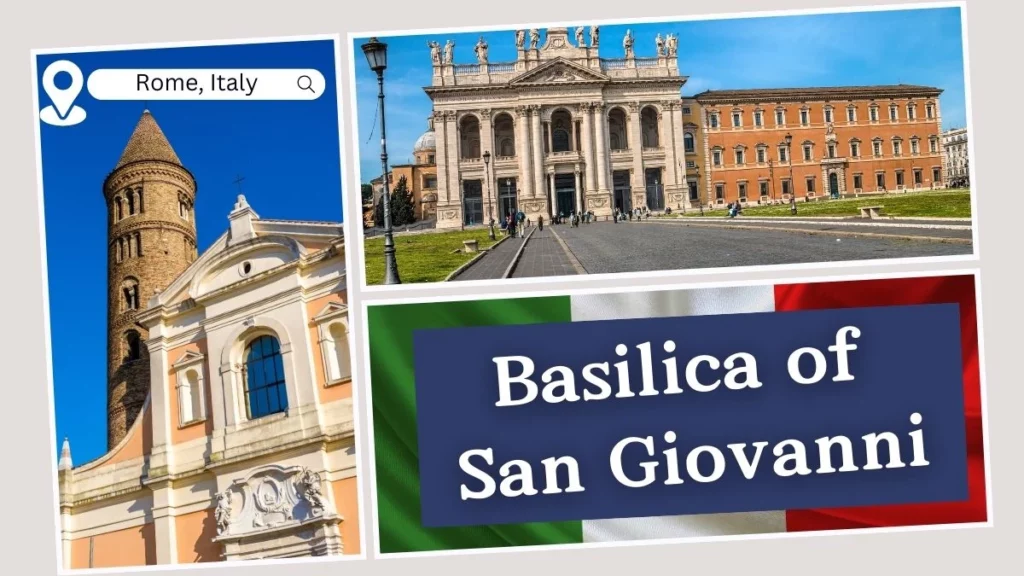
Basilica of San Giovanni in Laterano, also known as St. John Lateran, is one of the oldest and most important churches in Rome. It serves as the cathedral of the Pope, making it a significant religious site.
Visitors can admire the stunning interior, including beautiful mosaics, sculptures, and the tombs of popes. The basilica’s grand façade and impressive bell tower are visible from afar, making it an iconic part of Rome’s skyline.
For those interested in religious history and architecture, this basilica is a must-see. It’s a peaceful, awe-inspiring place to visit, offering a deep connection to Rome’s Christian heritage.
Hours: 7 am to 6 pm
Duration: 1 hour
Location: Piazza di San Giovanni in Laterano, 4, 00120 Roma, Italy. Get Directions
National Etruscan Museum of Villa Giulia
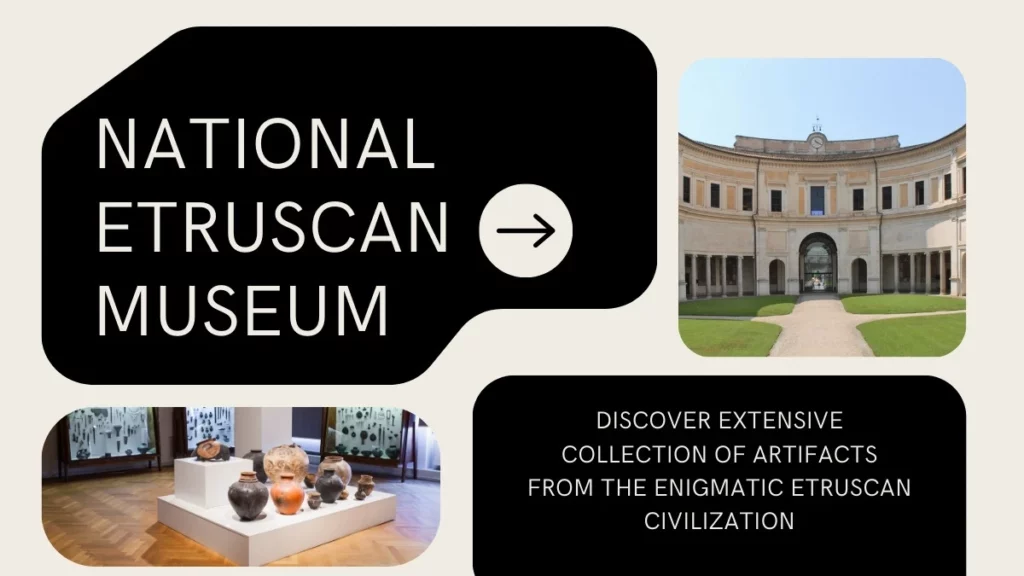
National Etruscan Museum in Villa Giulia showcases the fascinating artifacts of the ancient Etruscan civilization, which predated Rome. The museum houses an extensive collection of Etruscan art, including pottery, jewelry, sculptures, and the famous Etruscan sarcophagi.
Visitors can explore the museum’s beautifully restored rooms, which are set in a lovely villa surrounded by a lush park. The museum offers an in-depth look at the Etruscan people, whose influence can be seen in many aspects of Roman culture.
For those interested in ancient civilizations, this museum is a must-visit. It provides a unique opportunity to learn about the people who helped shape early Roman society.
Hours: 9 am to 8 pm
Duration: 1.5 hours
Location: Piazzale di Villa Giulia, 9, 00196 Roma, Italy. Get Directions
Stadium of Domitian
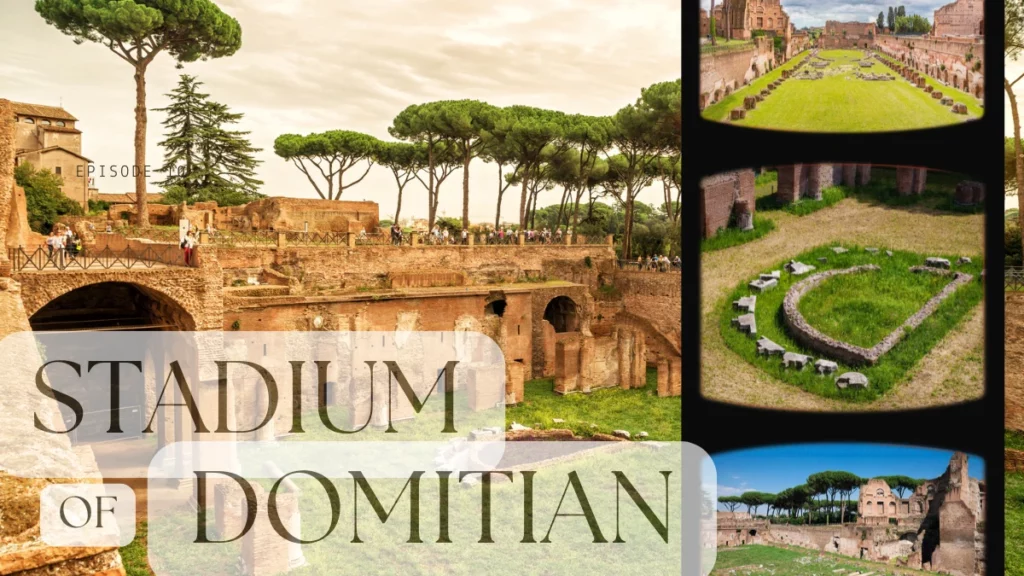
Stadium of Domitian, located in the heart of Rome, was an ancient Roman stadium used for athletic competitions and games. Today, visitors can see the remains of this massive structure, which once held thousands of spectators.
The stadium’s ruins are now part of the Piazza Navona, offering a fascinating look at how the space was transformed over the centuries. A visit here provides insight into ancient Roman sports and entertainment, as well as the grand scale of imperial architecture.
For those interested in Rome’s early sporting history, the Stadium of Domitian is a must-see. It’s a great place to learn about the cultural activities that took place in ancient Rome.
Hours: Open all day
Duration: 30 to 45 minutes
Location: Piazza Navona, 00186 Roma, Italy. Get Directions
Leonardo da Vinci Exhibition
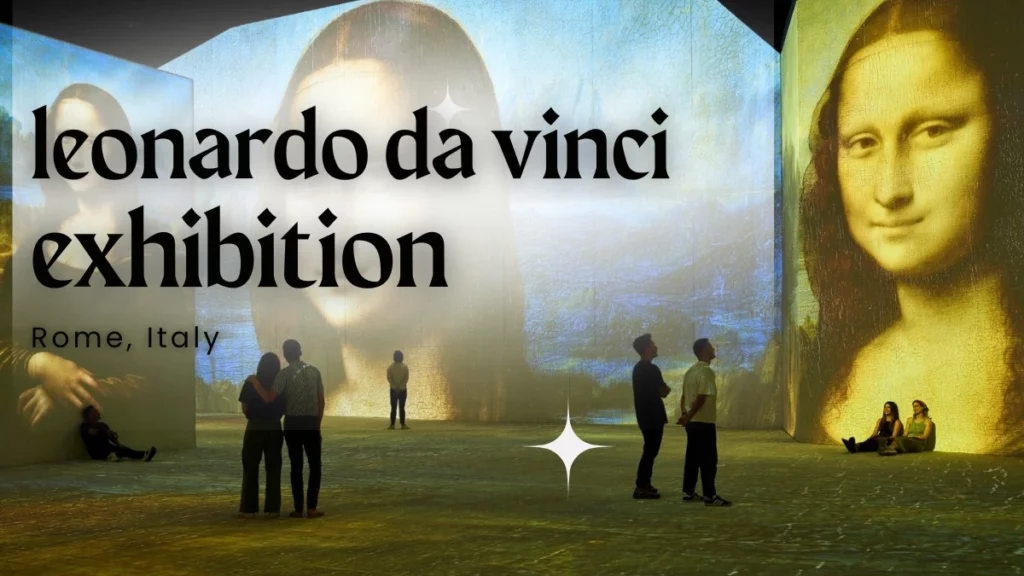
Leonardo da Vinci Exhibition in Rome offers a hands-on experience to explore the genius of Leonardo through his inventions, artworks, and scientific studies.
The exhibition features detailed replicas of his machines, sketches, and artworks, giving visitors a chance to understand his contributions to various fields like art, engineering, and anatomy. It’s a fun and educational experience for both adults and children, with interactive displays that bring Leonardo’s visionary ideas to life.
This exhibition celebrates his legacy and genius, making it a must-visit for anyone interested in the Renaissance. The Leonardo da Vinci Exhibition is an unmissable stop for art and science enthusiasts.
Hours: 9 am to 7 pm
Duration: 1 hour
Location: Mostra di Leonardo
1, Piazza della Cancelleria, 00186, Rome, Italy. Get Directions
La Traviata Opera
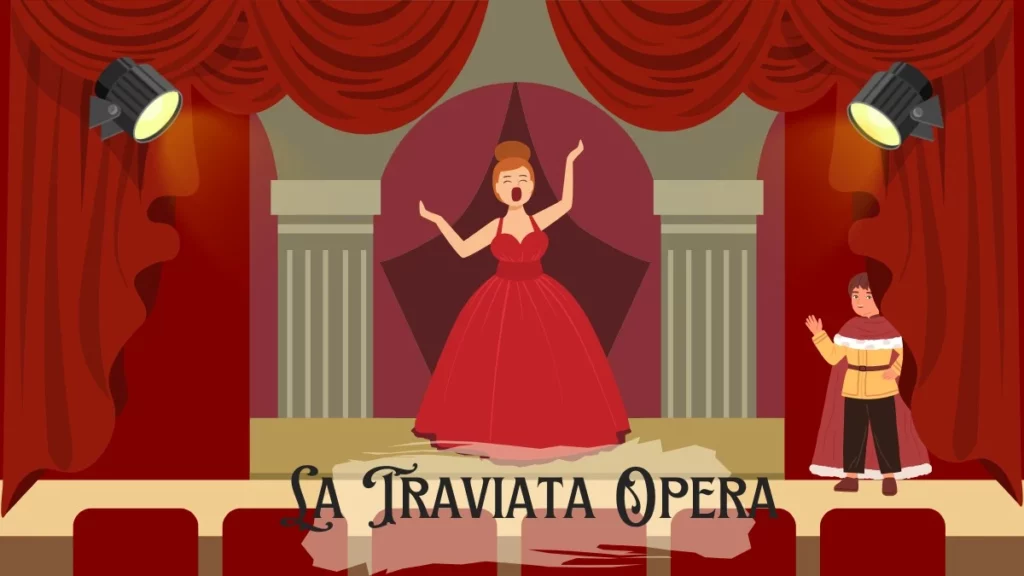
La Traviata Opera is a classic Italian opera by Giuseppe Verdi, performed at various venues in Rome, most famously at Teatro dell’Opera. The opera tells a touching story of love, sacrifice, and social constraints.
Visitors can enjoy the powerful music and emotional performances that make this opera a timeless masterpiece. The beautiful Teatro dell’Opera provides an elegant setting for the performance, adding to the dramatic atmosphere.
If you’re in Rome during the opera season, attending a performance of La Traviata is a must-do experience. This iconic opera offers an unforgettable cultural experience for all who appreciate great music and theatre.
Hours: Varies by performance
Duration: 2.5 to 3 hours
Location: Via Nazionale, 16a, 00184 Roma RM, Italy. Get Directions
Palazzo Cipolla
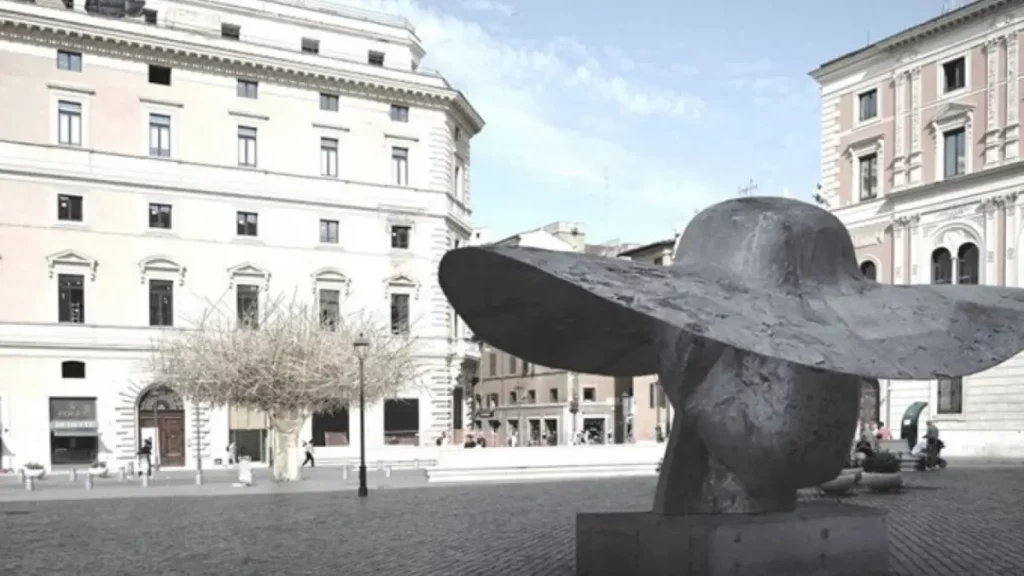
Palazzo Cipolla is an elegant historical palace that houses the Fondazione Roma, a cultural foundation offering various art exhibitions throughout the year. The palace itself is a beautiful example of Roman Baroque architecture.
Inside, visitors can view a variety of art collections, including works from the Renaissance to contemporary art. The foundation hosts temporary exhibitions that highlight diverse artistic movements and cultural trends.
For those interested in art and architecture, Palazzo Cipolla is a must-see. It’s a perfect spot to experience Rome’s vibrant cultural scene.
Hours: 10 am to 7 pm
Duration: 1 to 1.5 hours
Location: Via del Corso, 320, 00186 Roma, Italy. Get Directions
Capitoline Museum

Capitoline Museum is a group of art museums located on Capitoline Hill, one of Rome’s seven hills. The museum houses an extraordinary collection of ancient Roman statues, medieval and Renaissance art, and historical artifacts.
Highlights include the famous statue of Marcus Aurelius and the Capitoline Wolf, which is linked to the myth of Romulus and Remus. Visitors can also explore the stunning Palazzo dei Conservatori and Palazzo Nuovo, which are part of the museum complex.
The Capitoline Museums offer a comprehensive look at Rome’s history and art. This museum is a must-visit for anyone keen on exploring ancient and Renaissance art.
Hours: 9:30 am to 7:30 pm
Duration: 1.5 to 2 hours
Location: Piazza del Campidoglio, 1, 00100 Roma, Italy. Get Directions
Papal Palace of Castel Gandolfo
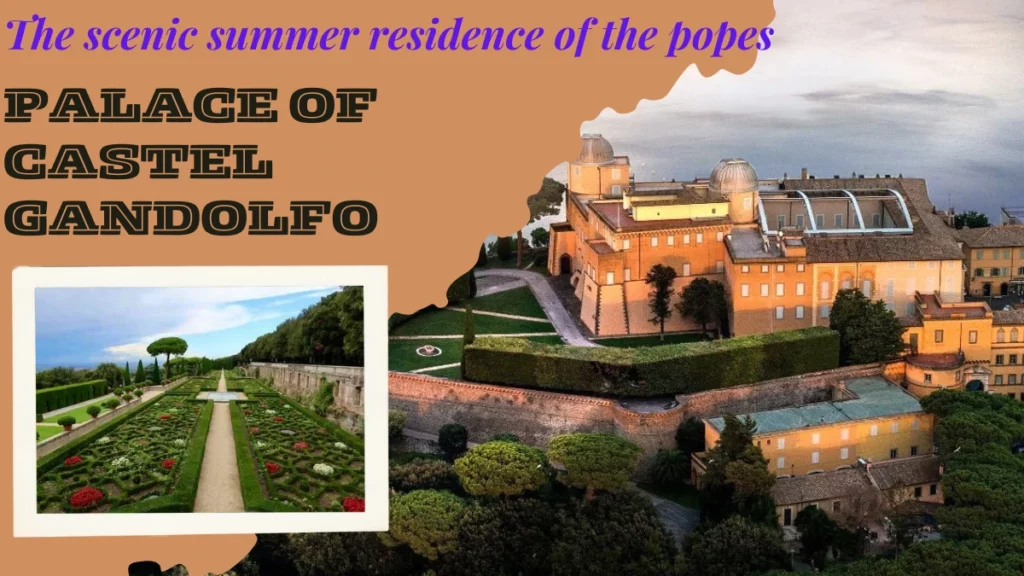
The Papal Palace of Castel Gandolfo is a beautiful residence and summer retreat for the Pope, located just outside of Rome. The palace overlooks Lake Albano, providing stunning views and a peaceful escape from the city.
Visitors can tour the palace’s beautiful gardens, the museum, and the Papal apartments, which are rich in history. The palace is also home to the Vatican Observatory, one of the oldest astronomical research centers.
For those seeking a calm and scenic spot outside of Rome, the Papal Palace is a must-visit. It offers a rare glimpse into the private life of the Vatican’s leadership.
Hours: 9 am to 6 pm
Duration: 1.5 hours
Location: Piazza della Libertà, 1, 00040 Castel Gandolfo, Italy. Get Directions
Museum of Illusions
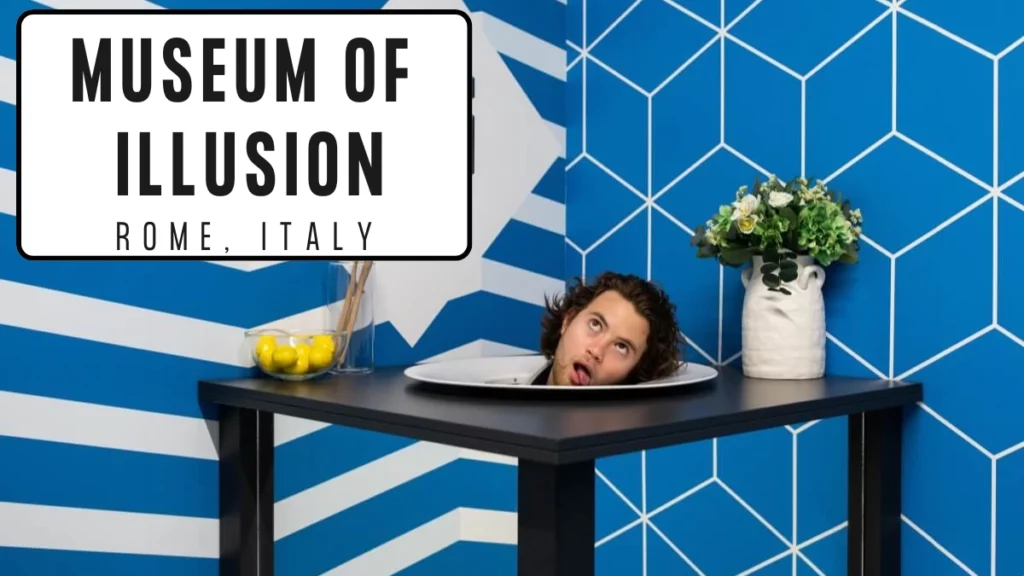
Museum of Illusions in Rome offers a fun and interactive experience, where visitors can explore a variety of optical illusions and mind-bending exhibits. The museum features numerous rooms filled with puzzles, 3D illusions, and interactive displays that challenge the way we perceive the world.
It’s a perfect stop for families and those looking to experience something out of the ordinary in Rome. The museum’s unique exhibits make it an enjoyable and educational visit for people of all ages.
Whether you’re looking for a playful way to spend your day or just want to experience some amazing illusions, this museum is a must-see. It provides an exciting and entertaining experience for all.
Hours: 9 am to 8 pm
Duration: 1 hour
Location: Via di San Giovanni in Laterano, 8, 00184 Roma, Italy. Get Directions
Aquafelix Waterpark

Aquafelix waterpark is a fun-filled water park located just outside of Rome, offering various water slides, wave pools, and attractions for all ages. It’s the perfect place to cool off during the hot Roman summer.
The park has numerous themed zones, including areas for children, adventurous slides for thrill-seekers, and calm areas for relaxation. Aquafelix is ideal for families looking for a day of fun and adventure outside of Rome’s historic sites.
This water park is a must-visit for anyone wanting to add excitement to their vacation. The park ensures a day of entertainment and relaxation for everyone.
Hours: 10 am to 6 pm
Duration: 4 to 5 hours
Location: Via del Mare, 00053 Civitavecchia, Italy. Get Directions
Zoomarine Rome

Zoomarine in Rome is a theme park that combines entertainment, wildlife conservation, and water fun. Visitors can enjoy thrilling rides, watch dolphin and sea lion shows, and learn about marine life at the park’s aquarium.
The park is divided into different areas, including a water park, a dolphin lagoon, and various themed zones. Zoomarine is a great destination for families, offering something for everyone, from exciting roller coasters to educational exhibits.
It’s a perfect mix of fun and learning, making it an ideal stop for families with kids. For animal lovers and thrill-seekers, Zoomarine is a must-visit.
Hours: 10 am to 6 pm
Duration: 4 to 5 hours
Location: Via dei Romagnoli, 00040 Torvaianica, Italy. Get Directions
